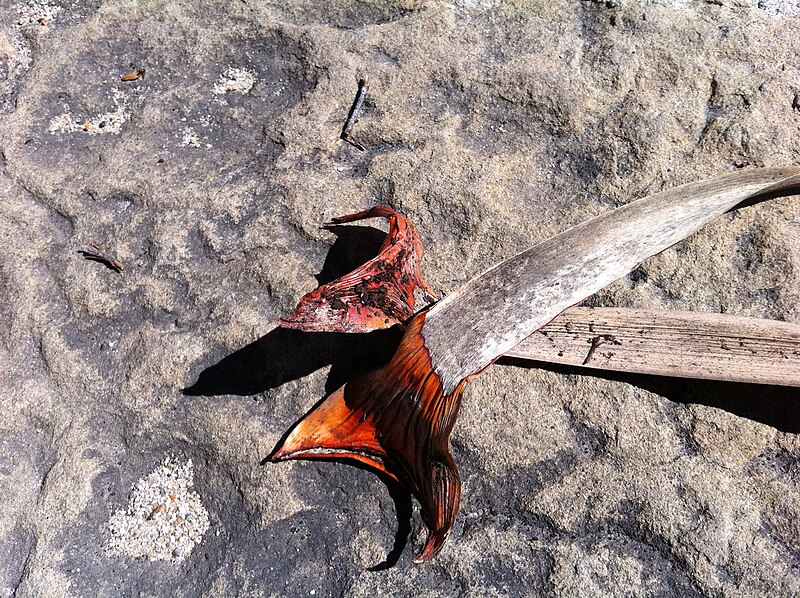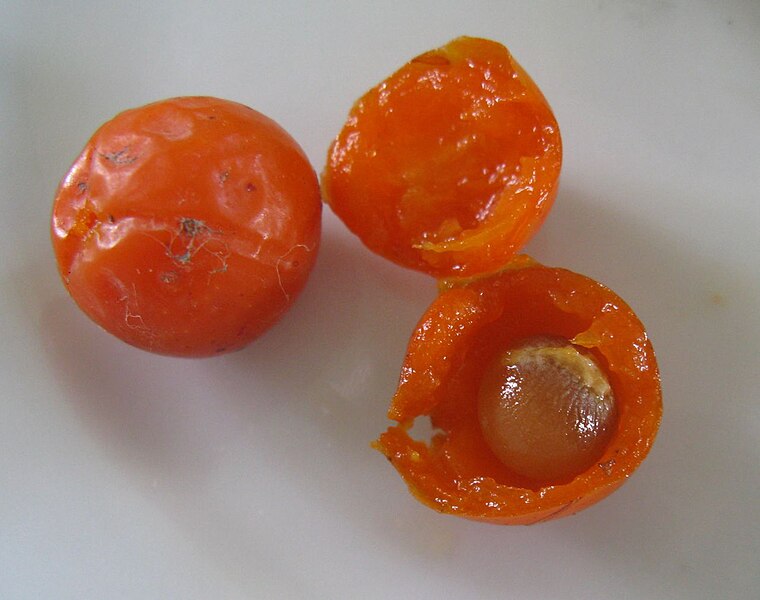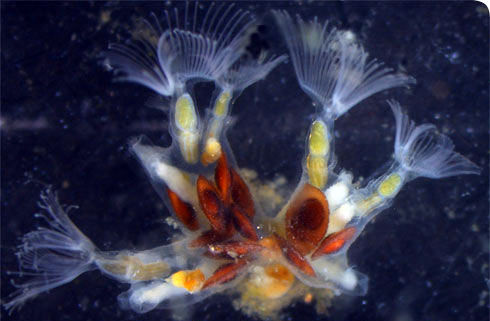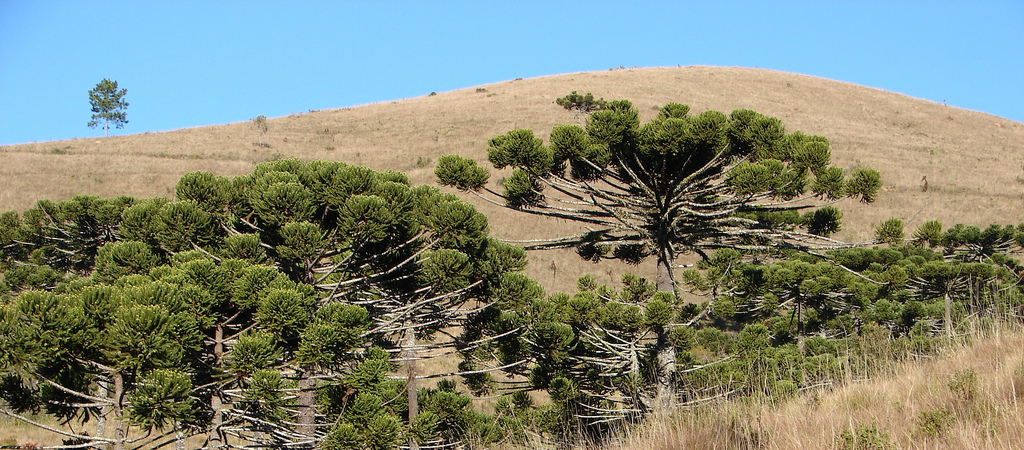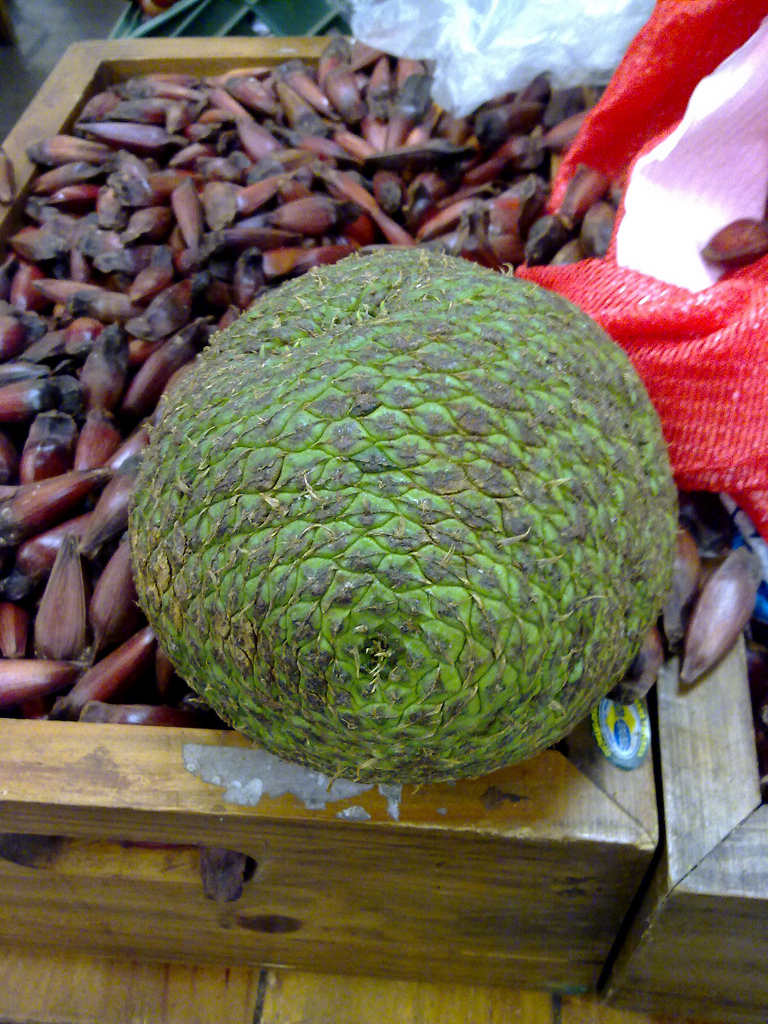by Piter Kehoma Boll
Oceanic Islands are a treasure of biodiversity and include many small and endemic species. When we come to the Azores archipelago, we find one of those little treasures in the form of a small shrub, the so-called Azores bellflower. Taxonomically, the species is named Azorina vidalii, being the only species in the genus Azorina. The genera of the family Campanulaceae (bellflowers) are a mess, though, and this may eventually change.
The Azores bellflower grows in all nine islands that make up the Azores. It likes to grow near the coastline, especially in crevices of the coastal rocks or sandy slopes, but it can also colonize human structures, such as roofs and walls. It likes very exposed locations and is very tolerant to the sea breeze. Although this plant is usually a very small woody shrub with about 30 cm in height, it can grow up to 2 m.
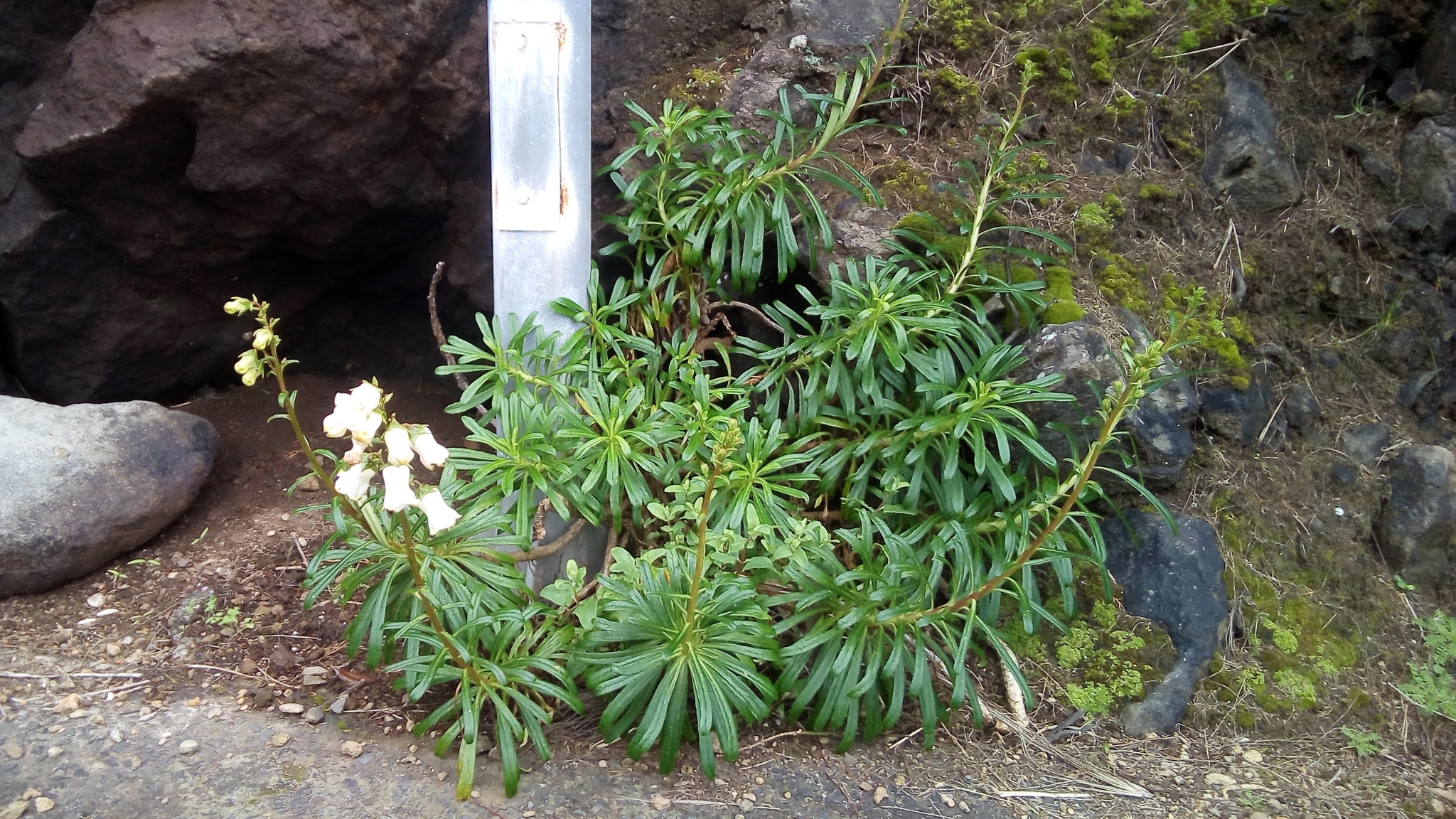
Despite being found across the whole archipelago, the Azores Bellflower is considered an endangered species. There are only about a thousand adult specimens in total. One of the reasons for such a small population may be due to the lack of an efficient pollinator. The flowers are light pink or white and have a shape that suggests birds as the most likely pollinators, but there is no native bird species in the archipelago that could do this job. Several insects, including bees, wasps, flies and moths, sometimes visit the flowers and may be the current pollinators, but most probably none of them is very efficient in this job. The combination of all of them seems to be enough to keep the current population relatively stable.

When honeybees visit the plants, they are often more interested in the latex that the Azores bellflowers secrets. The bees look for recent wounds on the plants where latex is leaking and collect it, sometimes having difficulty leaving the plant because the latex is so sticky that the bees get partially glued to the plant. It is thought that the latex has antimicrobial properties, protecting the plant from bacterial infections, and the bees most likely explore this resource to use it as a natural antibiotic in their combs, perhaps mixing it with pollen to make propolis.
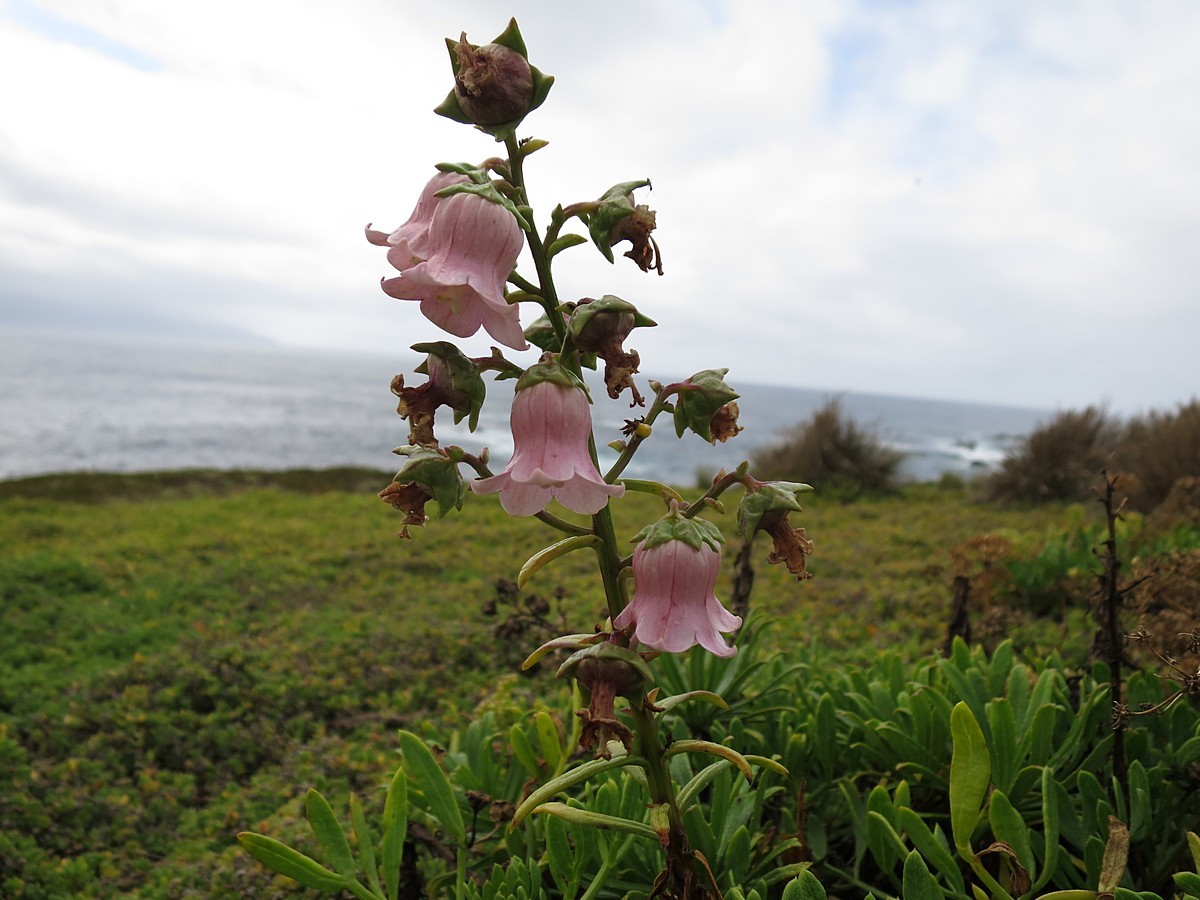
The current population of the Azores bellflower is stable but very small, which is the main reason why it is considered endangered. To assure its survival in the next decades or centuries (and beyond), it is essential to preserve the rocky shores where they thrive and, of course, the diversity of pollinators, which are doing their best to bring new generations of this small Azorean jewel.
– – –
– – –
References:
Haberle, R. C., Dang, A., Lee, T., Peñaflor, C., Cortes-Burns, H., Oestreich, A., … & Jansen, R. K. (2009). Taxonomic and biogeographic implications of a phylogenetic analysis of the Campanulaceae based on three chloroplast genes. Taxon, 58(3), 715-734. https://doi.org/10.1002/tax.583003
Weissmann, J. A., & Schaefer, H. (2015). Honeybees (Apis mellifera) collect latex of Azores bellflowers (Azorina vidalii, Campanulaceae). ARQUIPÉLAGO. Life and Marine Sciences, 32. https://repositorio.uac.pt/handle/10400.3/3906
Weissmann, J. A., & Schaefer, H. (2018). The importance of generalist pollinator complexes for endangered island endemic plants. Arquipélago-Life and Marine Sciences, 35, 23-40. https://repositorio.uac.pt/handle/10400.3/4861
Wikipedia. Azorina. Available at < https://en.wikipedia.org/wiki/Azorina >. Access on 29 April 2021.
– – –





